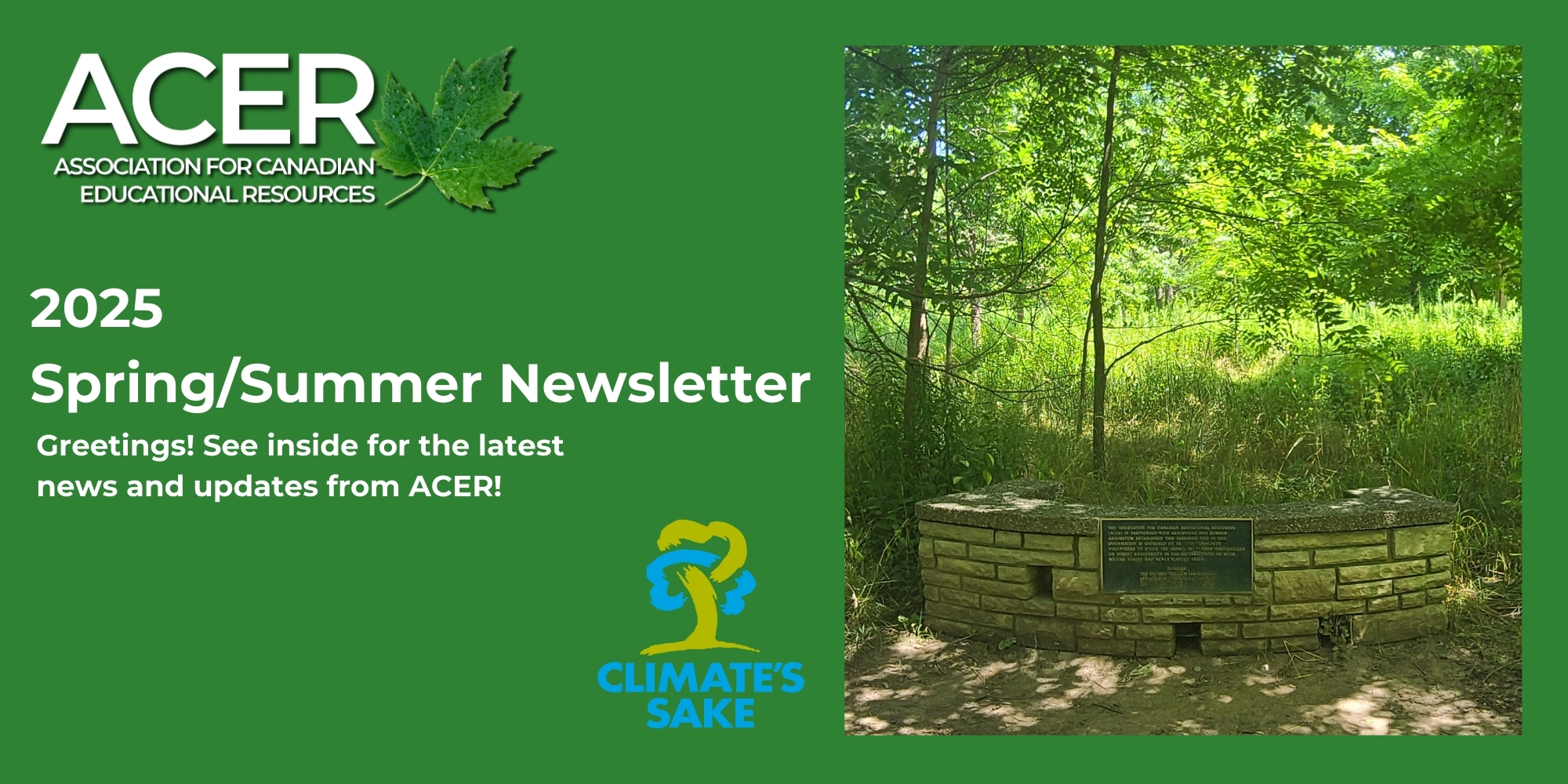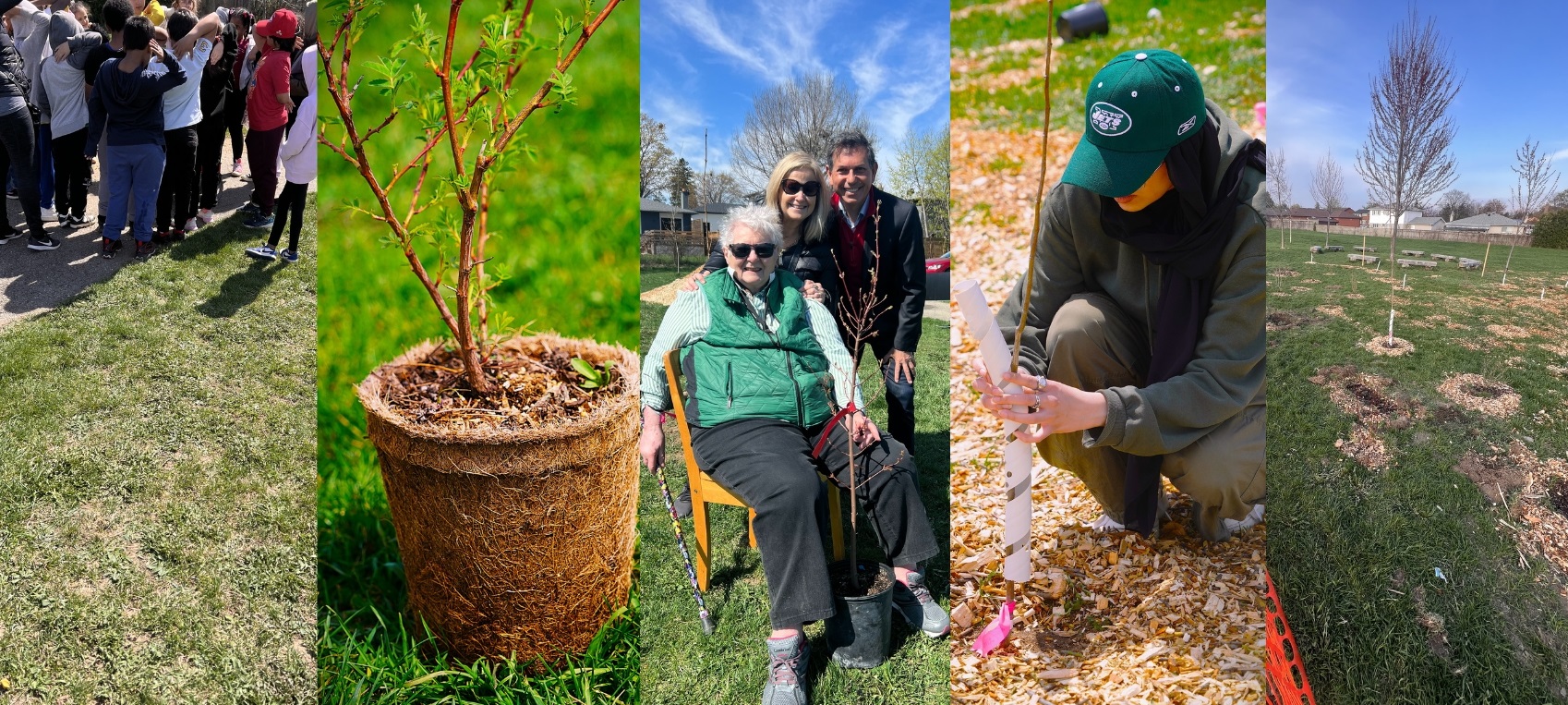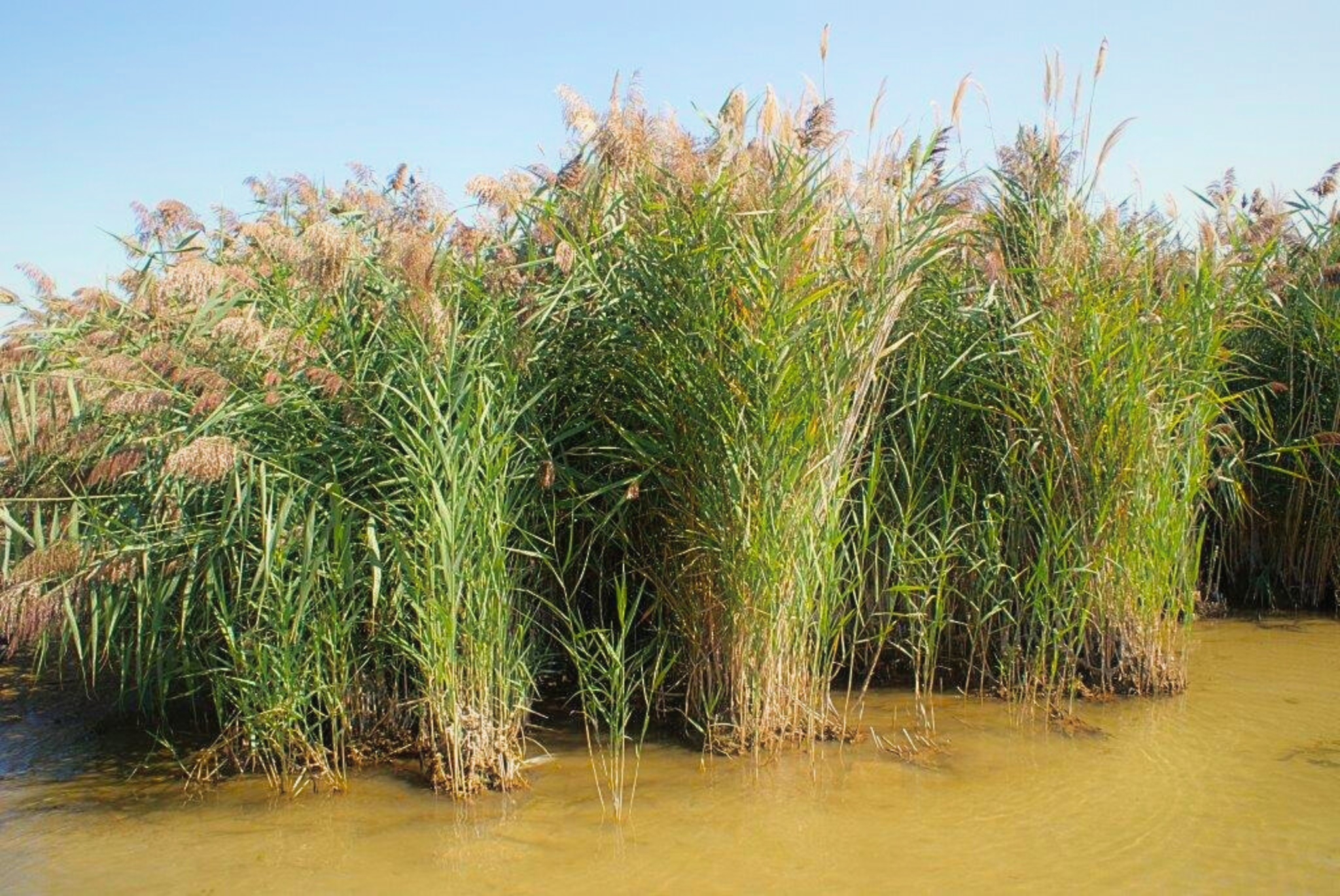Part two of ACER’s Where Are They Now? series, a celebration of our wonderful former employees, interns, volunteers, and other folks who have made our work possible. Written by ACER executive board member Elizabeth MacLean.

It’s more than 10,000 km from his birthplace in Seoul, South Korea to the office in South Porcupine, Ontario where Daniel Kim works as a Regional Resource Analyst for the Ontario Ministry of Natural Resources and Forestry. While Seoul’s population is just shy of 10 million today, Daniel remembers “many pockets of untouched natural area in the city” in the 1980s and ’90s. He recalls hearing the sound of cicadas in the summer and seeing red dragonflies that filled the autumn sky. In the mountains nearby, he recalls the chestnut trees and the pure, unpolluted spring water.
The economic boom in the last two decades of the 20th century had dramatic impacts on the environment. “People were so focused on economic growth that they largely neglected the conservation of natural resources,” Daniel says. “I’ve witnessed both sides of the development: the huge improvement in the quality of people’s lives and the neglected or destroyed natural habitats. I think those two are equally valuable, and I’ve always wanted to come up with solutions that can balance economic development and nature conservation.”
That desire brought Daniel to his current situation, but not directly. When he finished his graduate degree in Environmental Science, he landed a summer internship working with ACER experts, surveying about 2,000 trees on a small forest plot in the Humber Arboretum. In the fall, ACER hired Daniel full-time.
He describes his ACER work over the next year and a half as a fast-paced, passion-driven experience, unlike any other work he’s experienced. He’s left his mark on the organization, creating the Treepedia tree dictionary on the ACER website, developing training videos for students and volunteers, and putting QR codes on trees throughout Toronto. He also did computer programming, infographics, website editing, geographic information system (GIS) mapping, training, and public presentations. These skills have served him well in his career with the Ministry, where he started as a Geographic Information System Officer in 2014. Now, as Regional Resource Analyst, he handles “a vast amount of natural resources data (moose, trees, water, etc.),” turning them into concise and useful pieces of information that foresters and biologists need for their resource management plans. He works closely with foresters, biologists, GIS officers, planners, and engineers.
He recalls ACER fondly as the place “where learning happens,” where he learned about trees and became friends with people who love trees. “Like anyone growing up in big cities,” Daniel says, “I saw trees as just nameless things with branches and leaves, but learning to identify them, really opened up my eyes… and made me appreciate them much more.”
The big cities of Seoul and Toronto are far from the small northern Ontario town where he now lives with his wife and young son. While he says he misses the trees of the Carolinian forest in the south, he is growing accustomed to the very hot summers and long cold winters, and adds that “the northern forest has its own beauty.”






